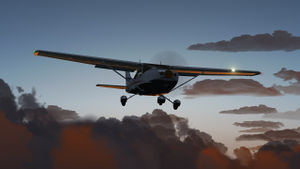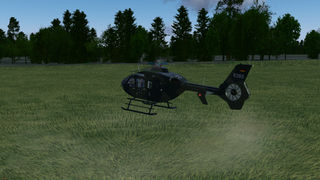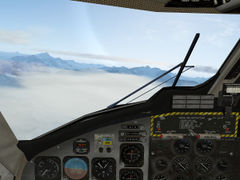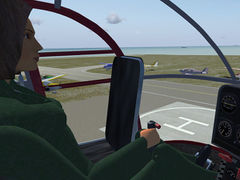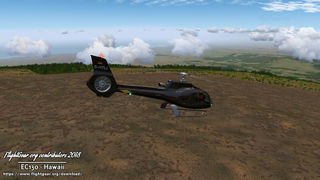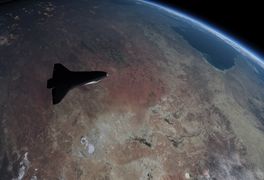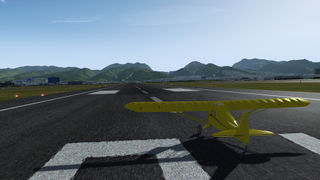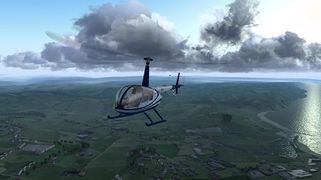Howto:Install aircraft
| Howto install |
|---|
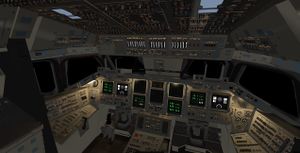
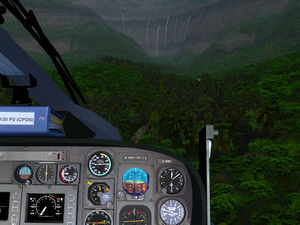
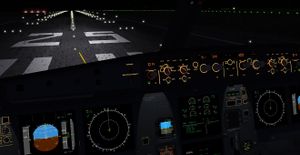
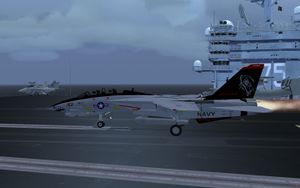
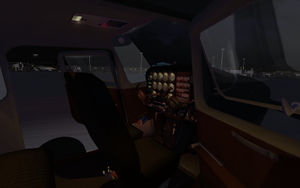
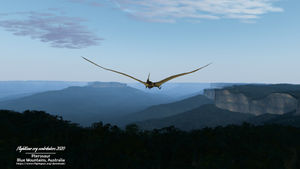
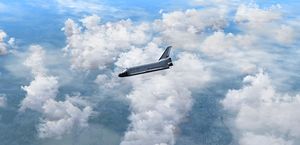
The preferred option to install the latest official aircraft is through the Aircraft tab in the built-in launcher, as explained in the following video. The remainder of this article describes the manual process, only to be performed when you don't use the aircrafts from the official FGAddon hangar.
Manual installation process
Aircraft packages are available on FlightGear.org Aircraft. These require unzipping software to extract from a compressed file format. Then these must be manually installed in a FlightGear software installation to use. The details depend on the method of download, operating system, and user setup.
Alternatively if you are using the nightly builds or a version controlled copy of FlightGear, or you wish to manage your aircraft collection using version control tools, the aircraft can be obtained directly from the official FlightGear aircraft repository - FGAddon.
Linux
(Ubuntu 12.04)
- Download the aircraft
- Create a directory to store your aircraft if you have not already done so. Make sure this directory is outside /usr/share/games/flightgear/. For example, use /home/{YourUserName}/FlightGear/CustomAircraft.
- Extract your aircraft file into the folder (the one you created above)
- unzip XXXXX.zip
- Start up FlightGear with Launcher. In Launcher, go to the Add-ons tab. In the Additional aircraft folders section, click the Add button and select the main folder for additional aircrafts (in our case /home/{YourUserName}/FlightGear/CustomAircraft). Now your plane should appear on the list of planes, otherwise restart FlightGear.
Now, you just need to unzip the next downloaded aircraft in the same directory and it should already be visible on FlightGear.
Macintosh OS X
First, We need to make sure that the FG application is in the application folder which can be done by simply dragging it into the applications folder from wherever it is currently located. Now let's get down to actually adding aircraft:
- Go to applications in folder
- Control+Click FlightGear
- Click the second option which reads "Show Package Contents"
- Then click on the following folders: "Contents >> Resources >> data >> Aircraft"
- Now just click and drag the aircraft data downloaded from the FG website in the Aircraft folder
(Works on MacOS Sierra)
Windows
- Download an aircraft and save it on your desktop.
- Unzip the file using a file archiver, for example the open source file archiver 7-Zip.
- Create a directory to store your aircraft if you have not already done so. Make sure this directory is outside your $FG_ROOT directory. For example, use C:\Users\{YourUserName}\FlightGear\CustomAircraft.
- Move the unzipped folder (usually the aircraft's name) to your that aircraft directory.
- Start up FlightGear with Launcher. In Launcher, go to the Add-ons tab. In the Additional aircraft folders section, click the Add button and select the main folder for additional aircrafts (in our case C:\Users\{YourUserName}\FlightGear\CustomAircraft). Now your plane should appear on the list of planes, otherwise restart FlightGear.
Now, you just need to unzip the next downloaded aircraft in the same directory and it should already be visible on FlightGear.
From the command line
Launching FlightGear from the command line, use the --fg-aircraft=path option, which in our case can be: --fg-aircraft=/home/{YourUserName}/FlightGear/CustomAircraft.
When installing an aircraft fails
Rename aircraft folder
If FlightGear fails to start with the new aircraft you have installed, or if it starts but the aircraft is invisible you might have to rename the folder where the aircraft files are. This issue is most often encountered when downloading a .zip file from some online git repository. In those cases you will most likely end up with a folder name of the following form MyZippedRepo-[branch]. In this case you should rename the folder to be just MyZippedRepo.
If the above doesn't work, or for other cases, check for a readme file and have a look there for instructions.
Otherwise open the aircraft-set.xml file and search in it for paths containing Aircraft/AircraftFolderName. The name of the folder should match AircraftFolderName.
For instance if in the imaginary-set.xml you would find an instance like this:
<splash-texture>Aircraft/MyCreation/splash1.png</splash-texture>
that means that you should rename the folder where imaginary-set.xml is to MyCreation.
XML files with wrong encoding
If you start FlightGear with the new plane you installed and there is no cockpit or exterior, this may be because the XML files are in the wrong encoding.
To fix this on Linux try this:
$ cd path/to/aircraft/directory/
$ find . -name "*.xml" -print | xargs sed -i 's/<?xml version="1.0" encoding="UTF-8"?>/<?xml version="1.0" encoding="ISO-8859-1"?>/g'
If any of the methods above do not work, ask around on the multiplayer chat, IRC or on the forum ![]() .
.
Choosing aircraft
If you are looking for information to decide what aircraft to download, try:
External links to third party aircraft can be found at FlightGear hangars. Remember that the latest aircraft may not load with previous versions. If you happen to use an older version of FlightGear, look for older aircraft in the links section.
Video tutorial by the community
Gallery (2017+)
Eurocopter EC135 showing rotor downwash on grass. (FG 2020)
de Havilland Canada DHC-6 Twin Otter over Alaska. Variants: floats, amphibious, and skis. (FG 2017)
Alouette-III has an AI simulation of an (intentionally imperfect) human copilot that can assist people learning to fly helicopters to take off and hover. (FG 2018)
Eurocopter EC130 on the slope of a shield volcano in Hawaii. The EC130 has the most detailed systems of helicopters available through FGAddon in FlightGear. (FG 2018)
Space Shuttle. FlightGear can show the view from orbit using Earthview - high resolution textures seen here are available as separate downloads.
Piper J-3 Cub is also suitable for training. The J-3 Cub features a G1000 glass cockpit variant, as well as float, amphibious, lite ski/ski, tricycle, bush variants in several engine sizes. (FG 2020.x, Compositor)
Robinson R44 is a popular training helicopter as it is inexpensive, but is hard to control. In simulations, expense does not matter. People trying a helicopter in FlightGear for the first time should try one of the other ones before the R44, unless they have a specific reason to. (FG 2019)
